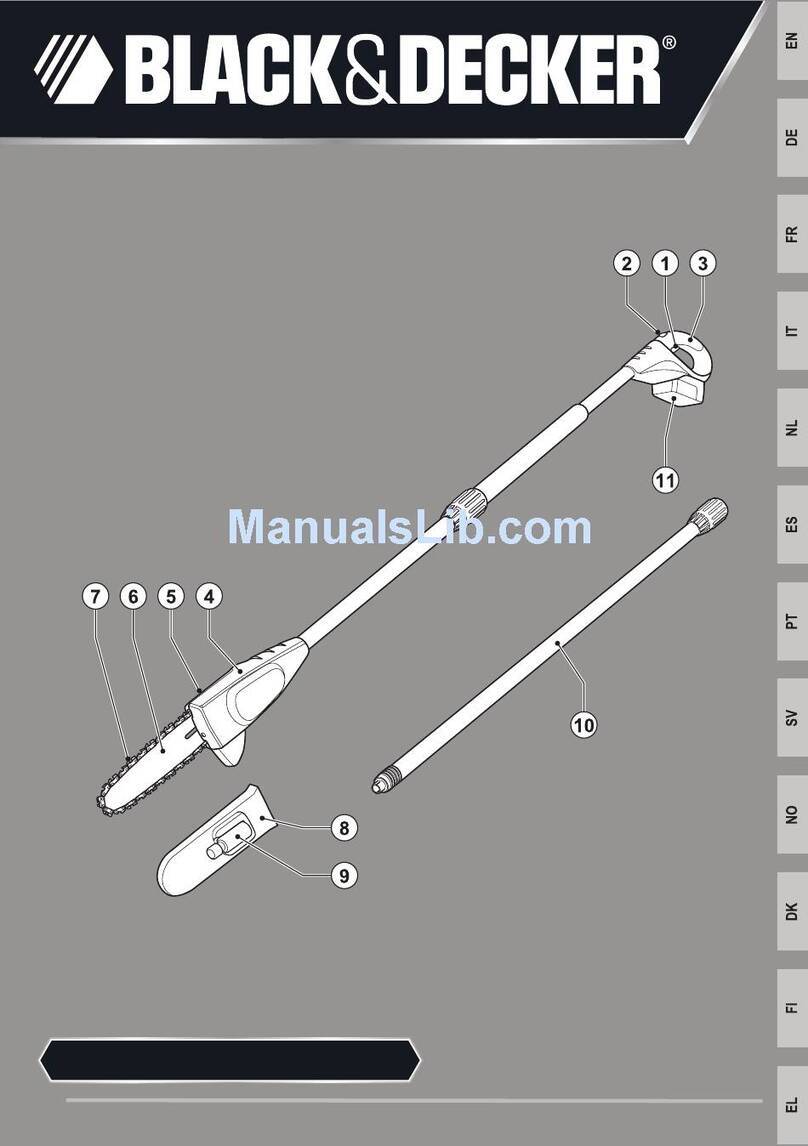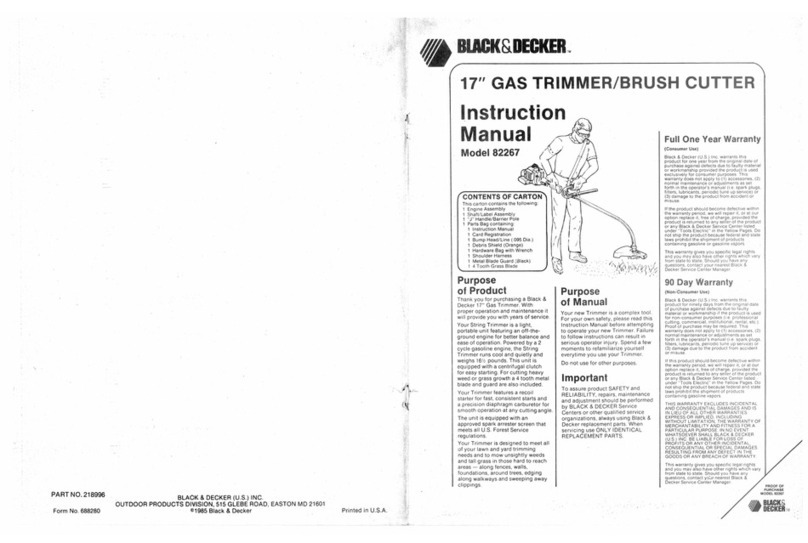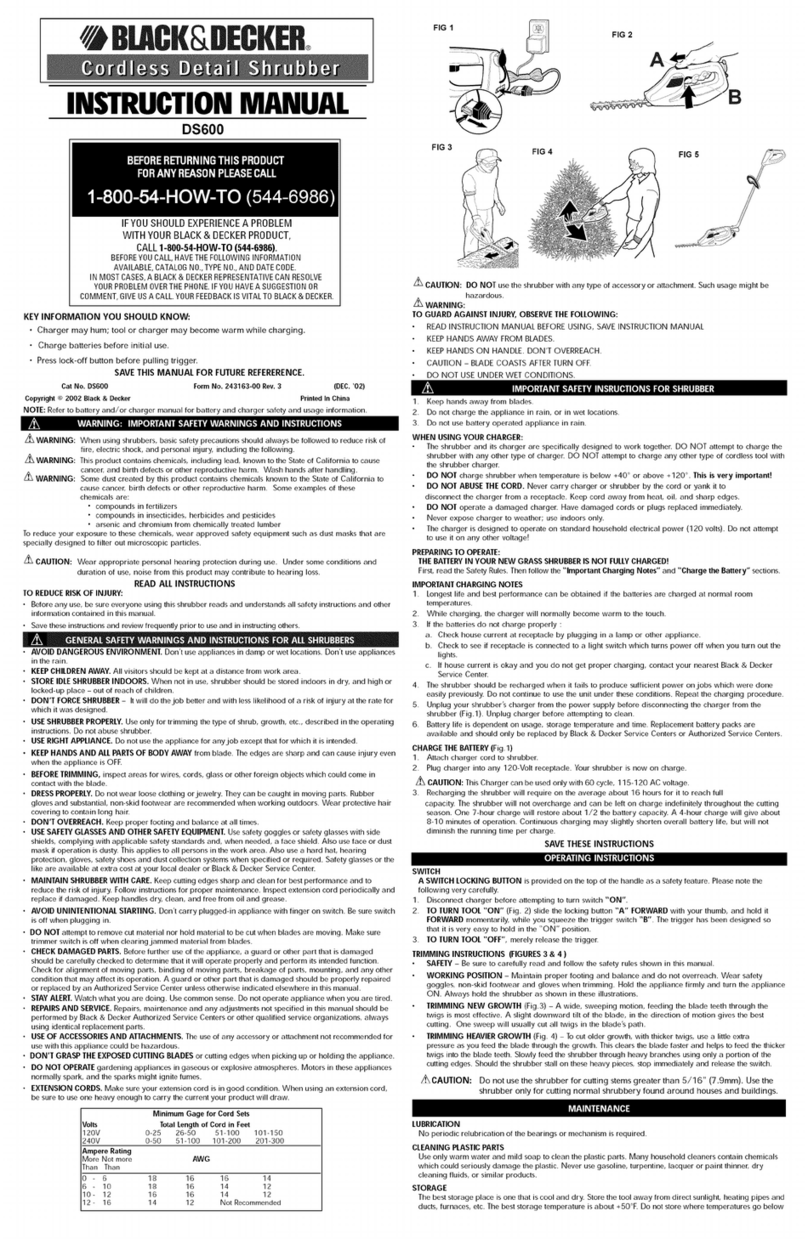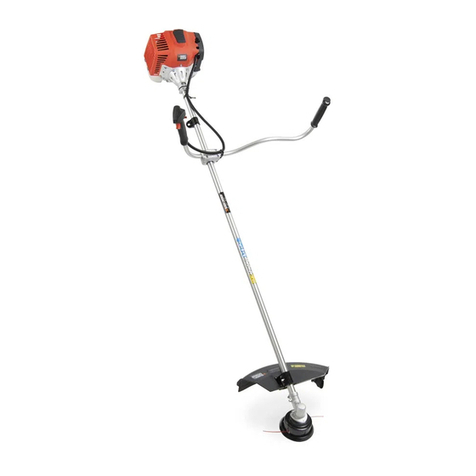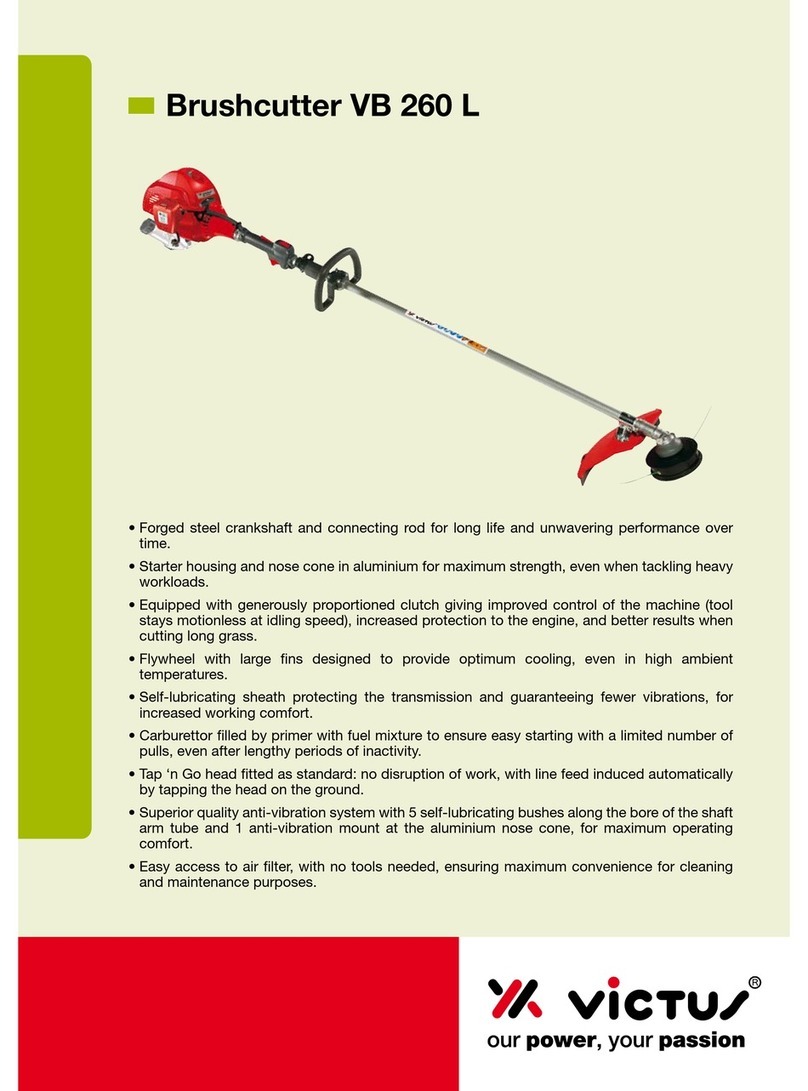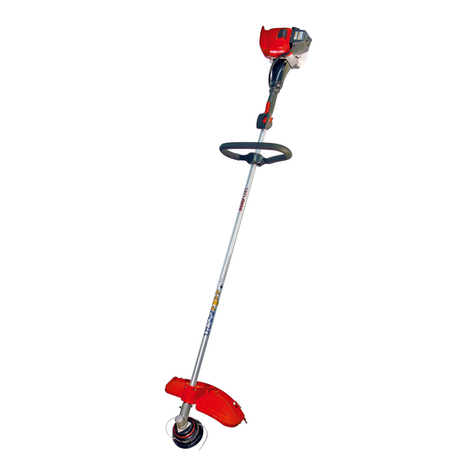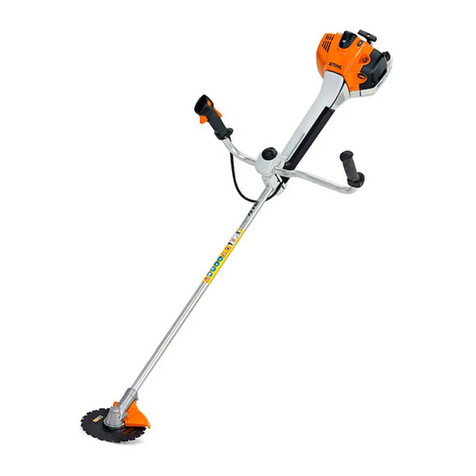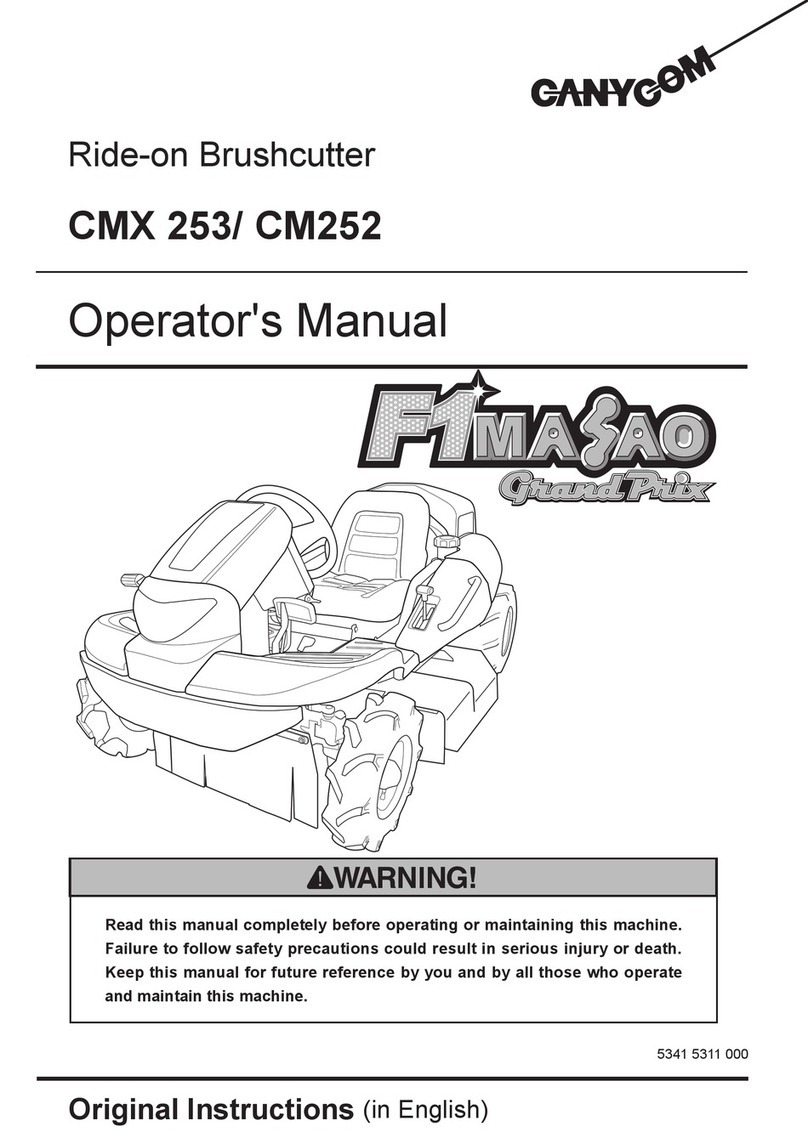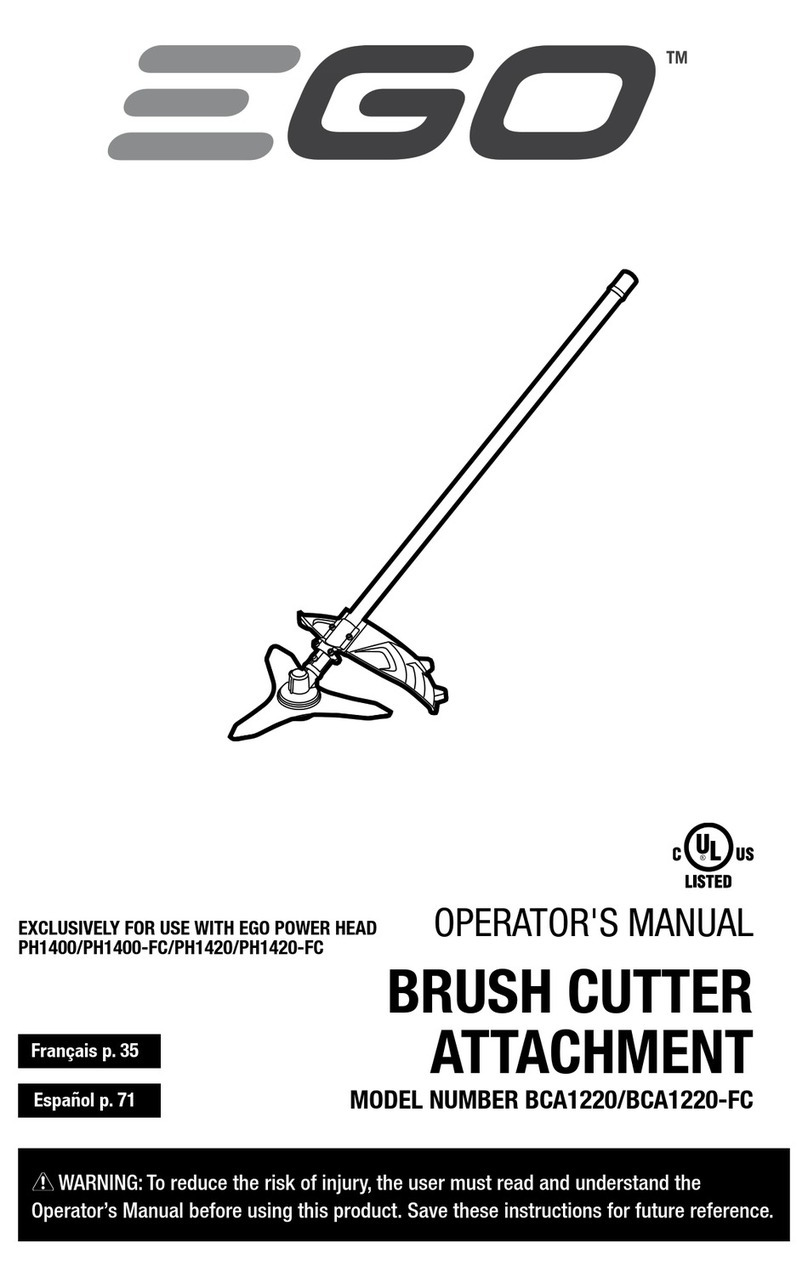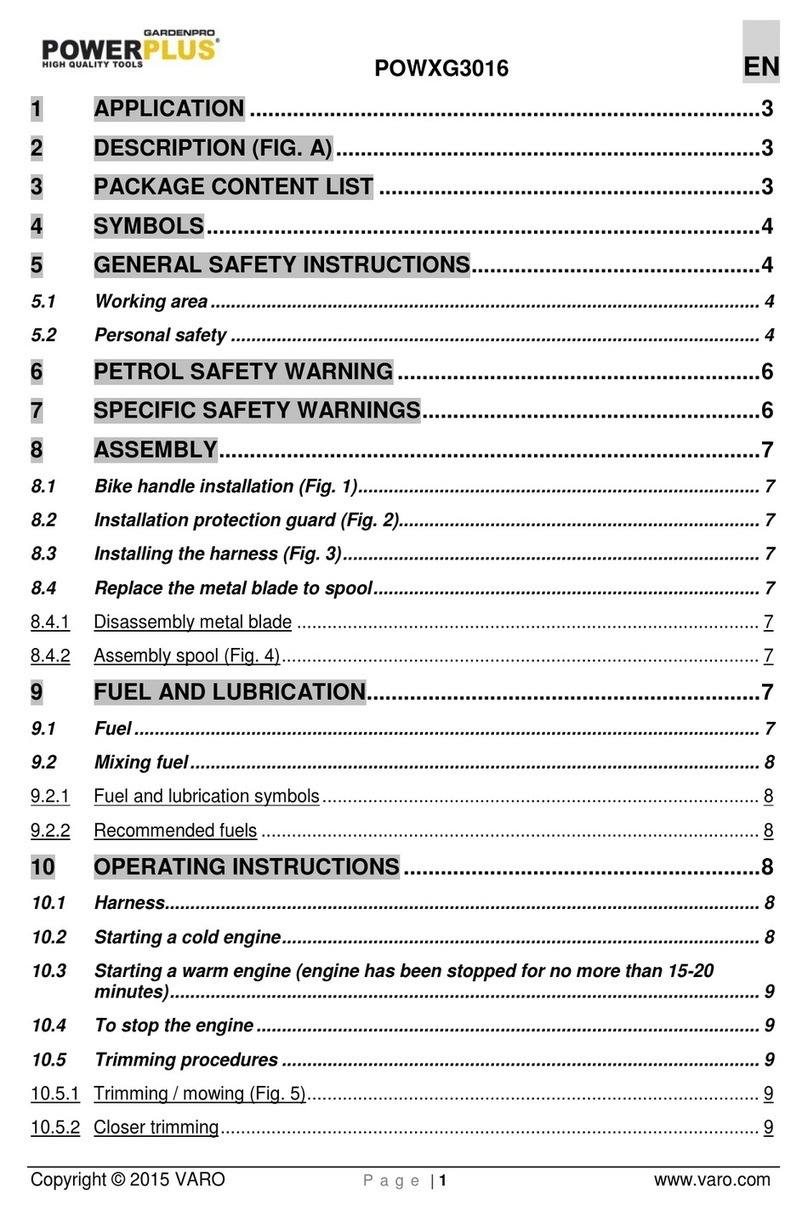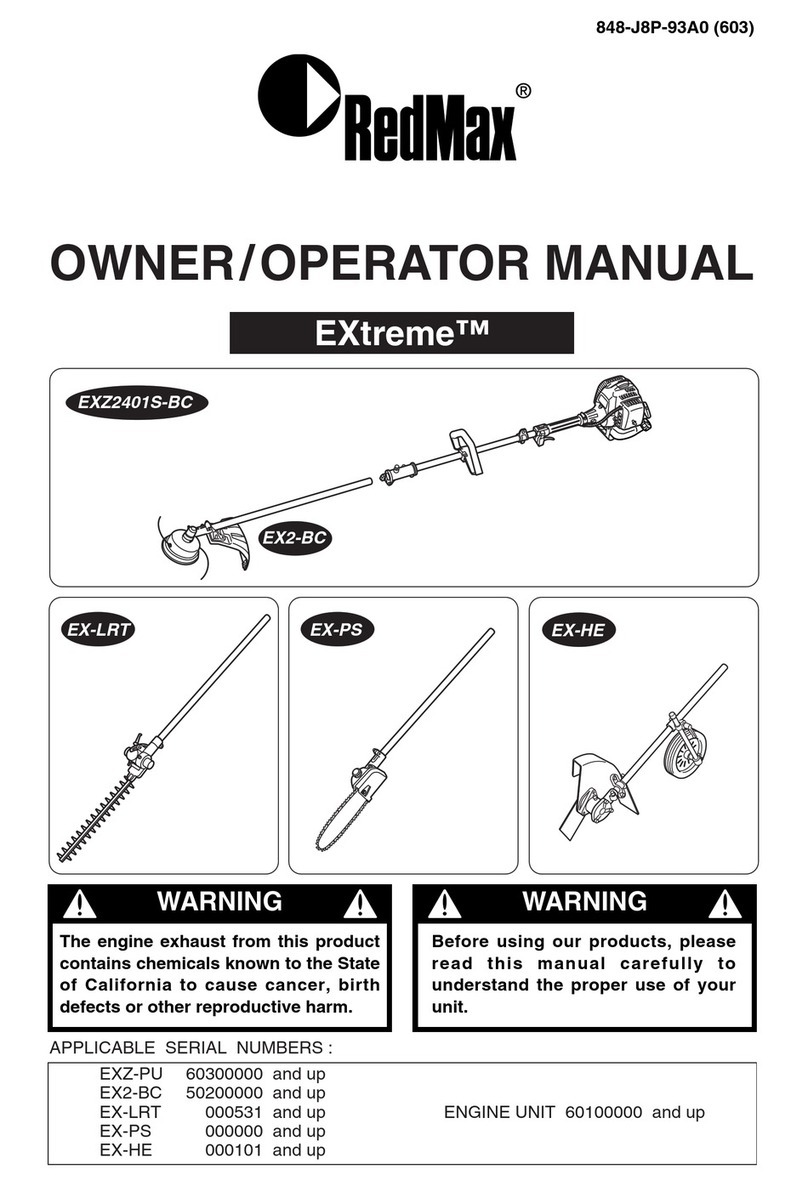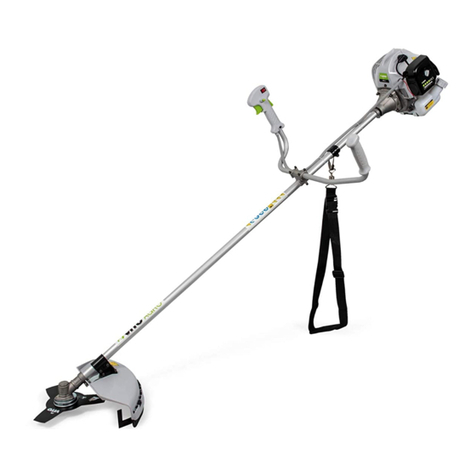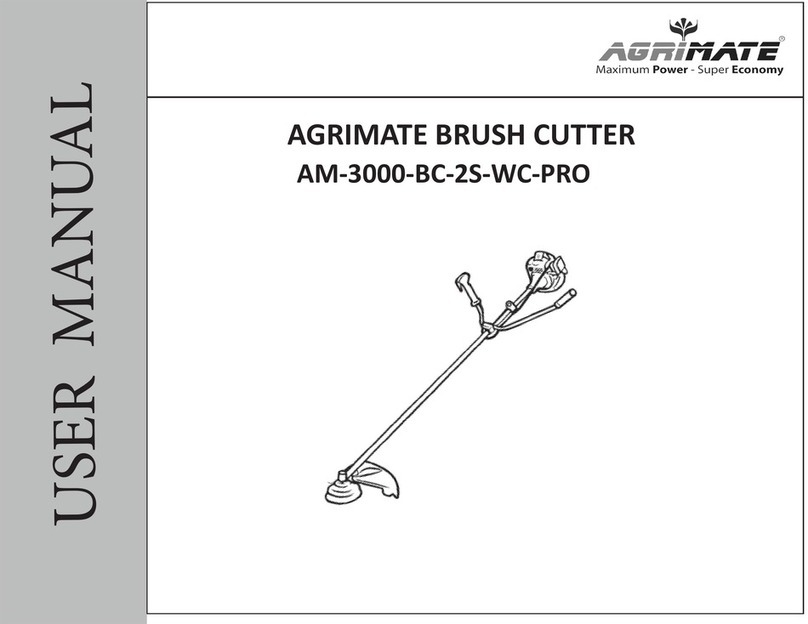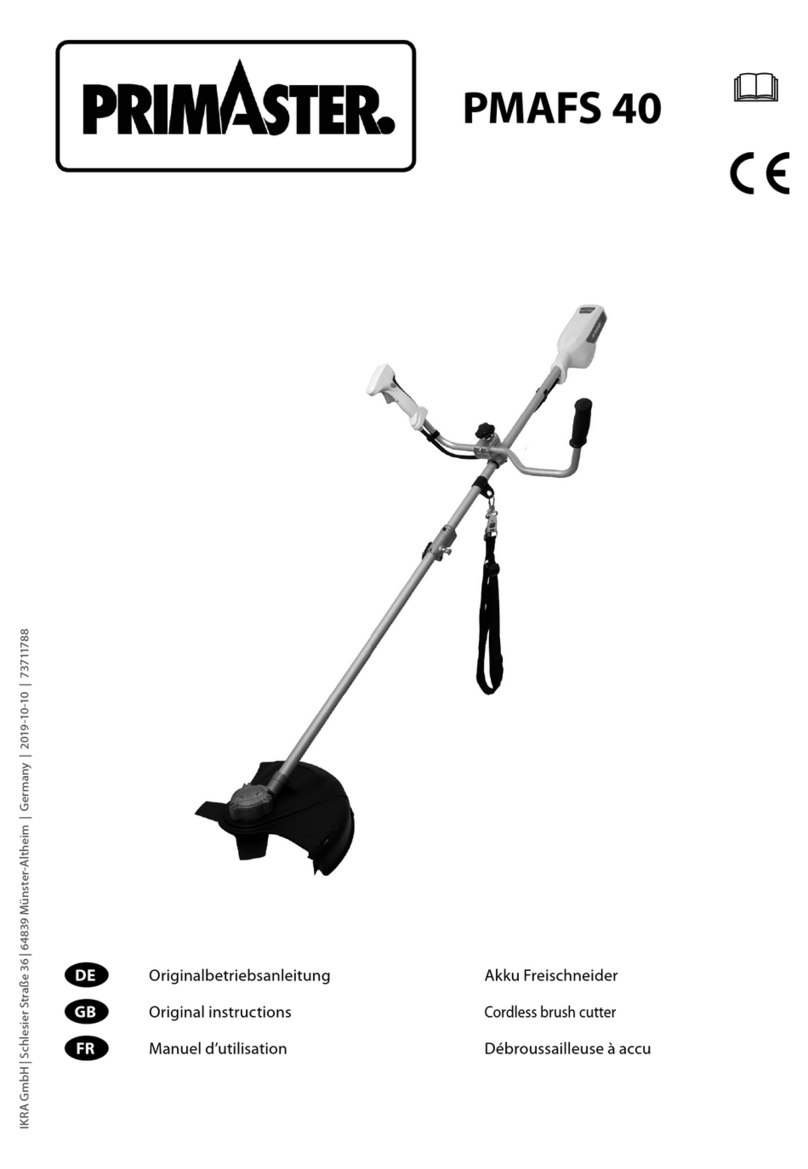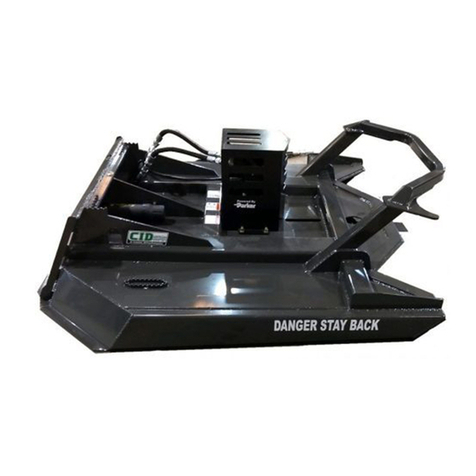4 • ESPAÑOL
NO DEVUELVA ESTE PRODUCTO A LA TIENDA,
comuníquese antes a las oficinas locales o con el Centro
de Servicio Black & Decker más cercano a usted.
NORMAS GENERALES DE SEGURIDAD
¡Advertencia! Lea y comprenda todas las instrucciones.
El incumplimiento de todas y cada una de las instrucciones
enumeradas debajo puede provocar incendio o lesiones
personales graves.
¡Advertencia! Al utilizar herramientas para jardín,
siempre deben cumplirse las precauciones de seguridad
básicas para reducir el riesgo de incendio, descarga
eléctrica y lesiones personales.
Pautas de Seguridad/Definiciones
Es importante que lea y comprenda este manual. La
información que contiene se relaciona con la protección
de su Seguridad y la Prevención de Problemas. Los
símbolos que siguen se utilizan para ayudarlo a reconocer
esta información.
¡Peligro! Indica una situación de peligro inminente que,
si no se evita, provocará la muerte o lesiones graves.
¡Atención! Indica una situación de peligro potencial
que, si no se evita, provocará la muerte o lesiones graves.
¡Precaución! Indica una situación de peligro potencial
que, si no se evita, provocará lesiones leves o moderadas.
¡Precaución! Utilizado sin el símbolo de alerta de
seguridad indica una situación de peligro potencial que,
si no se evita, puede provocar daños en la propiedad.
CONSERVE ESTAS INSTRUCCIONES
INSTRUCCIONES DE SEGURIDAD
Advertencias de seguridad generales
para esta herramienta.
¡Atención! Lea todas las advertencias e instrucciones
de seguridad. En caso de no respetarse las advertencias
e instrucciones indicadas a continuación, podría
producirse un incendio y/o lesión grave.
Conserve todas las advertencias e instrucciones
para su posterior consulta. El término empleado en
las advertencias indicadas a continuación se refiere a la
herramienta alimentada por combustible.
1. Seguridad del área de trabajo
a. Mantenga limpia y bien iluminada el área de trabajo.
El desorden o una iluminación deficiente en las áreas
de trabajo pueden provocar accidentes.
b. No utilice la herramienta en un entorno con
peligro de explosión, en el que se encuentren
combustibles líquidos, gases o material en polvo.
Las herramientas producen chispas que pueden
llegar a inflamar los materiales en polvo o vapores.
c. Mantenga alejados a los niños y otras personas
del área de trabajo al emplear la herramienta
eléctrica. Una distracción le puede hacer perder
el control sobre la herramienta.
d. No mezcle el combustible en un espacio cerrado
o cerca de llamas abiertas. Asegúrese de tener una
ventilación adecuada para realizar esta labor.
e. Nunca encienda o coloque el motor en marcha en
un espacio o edificio encerrado. Los vapores del
escape contienen monóxido de carbono peligroso.
f. Nunca deje la máquina desatendida.
2. Seguridad personal
a. Esté atento a lo que hace y emplee la herramienta
con prudencia. No utilice la herramienta si estuviese
cansado, ni tampoco después de haber consumido
alcohol, drogas o medicamentos. El no estar atento
durante el uso de una herramienta puede provocarle
serias lesiones.
b. Utilice equipos de protección personal.
Lleve siempre protección ocular, respiratoria
y auditiva. Los equipos de protección tales como
una mascarilla antipolvo, zapatos de seguridad
con suela antideslizante, casco o protectores
auditivos, utilizados en condiciones adecuadas,
contribuyen a reducir las lesiones personales.
c. Sea precavido. Evite adoptar una posición que
fatigue su cuerpo; mantenga un apoyo firme
sobre el suelo y conserve el equilibrio en todo
momento. Ello le permitirá controlar mejor la
herramienta eléctrica en caso de presentarse una
situación inesperada.
d. Utilice ropa apropiada. No vista ropa suelta o
joyas. Mantenga su cabello, vestimenta y guantes
lejos de las partes móviles. Ropa suelta, joyas o
cabello largo partes móviles.
e. Siempre que sea posible utilizar unos equipos
de aspiración o captación de polvo, asegúrese
que éstos estén montados y que sean utilizados
correctamente. El empleo de equipos de recogida
de polvo reduce los riesgos derivados del polvo.
f. No use ningún aditamento con este cabezal sino
aquellos recomendados por Black & Decker.
De lo contrario, el operador o transeúntes pueden
sufrir una lesión grave y la máquina se puede dañar.
g. Nunca intente ajustar el motor con la unidad
en marcha y amarrada alrededor del operador.
Realice siempre los ajustes del motor con la unidad
descansando sobre una superficie plana y despejada.
h. No toque el área cercana al escape o el cilindro;
estas partes se calientan a causa de su operación
normal.




